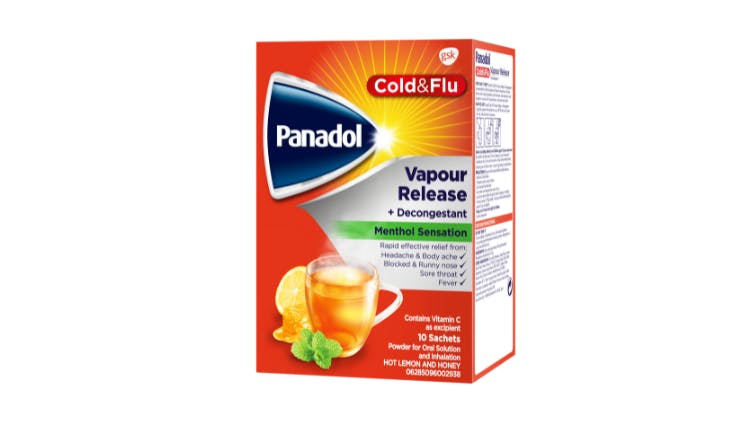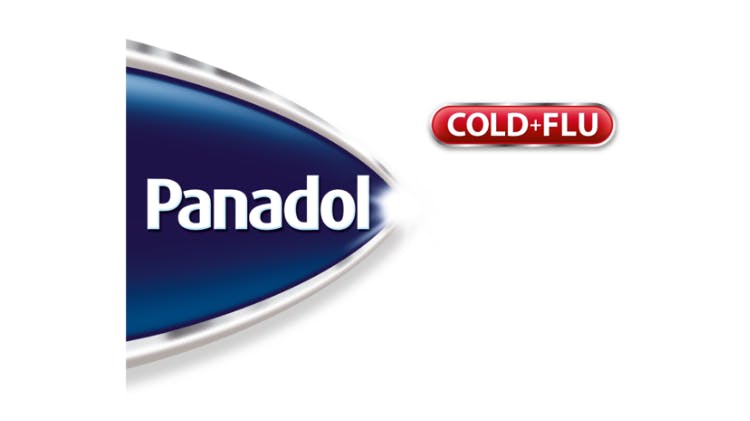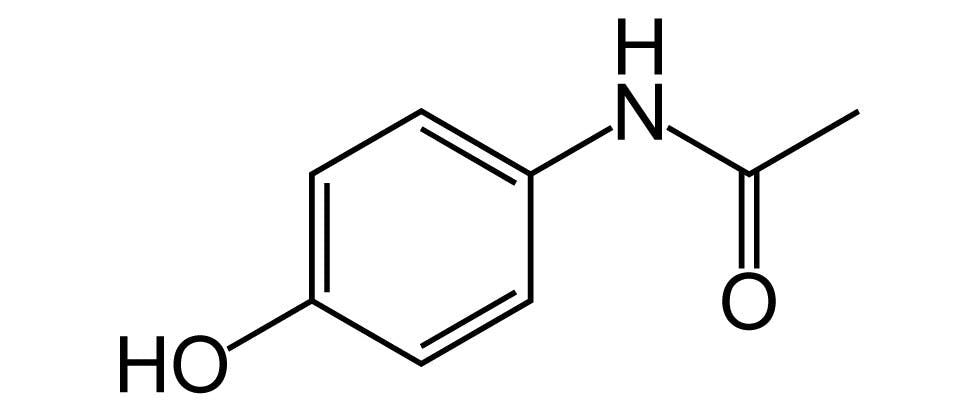Contains paracetamol. Do not use with any other products containing paracetamol, decongestants or cold and flu medicines. The concomitant use with other products containing paracetamol may lead to an overdose. Paracetamol overdose may cause liver failure, which may require liver transplant or lead to death.
Cases of hepatic dysfunction/failure have been reported in patients with depleted glutathione levels, such as those who are severely malnourished, anorexic, have a low body mass index, are chronic heavy users of alcohol, or have sepsis.
Medical advice should be sought before taking this product in patients with:
- Hypertension
- Cardiovascular Disease
- Diabetes
- Hyperthyroidism
- Angle closure glaucoma
- Phaeochromocytoma
- An enlargement of the prostate gland
- Occlusive vascular disease (e.g. Raynaud’s Phenomenon)
- Liver and kidney impairment. Underlying liver disease increases the risk of paracetamol-related liver damage
- Glutathione-depleted states, as the use of paracetamol may increase the risk of metabolic acidosis
Use with caution in patients taking the following medications.
- beta-blockers and other antihypertensive drugs
- tricyclic antidepressants
- other sympathomimetics (such as decongestants, appetite suppressants and amphetamine-like psychostimulants)
- digoxin and cardiac glycosides
- ergot alkaloids (e.g. ergotamine and methysergide)
Medical advice should be sought if symptoms worsen, persist for more than 7 days, or are accompanied by a high fever, skin rash or persistent headache.
Keep out of sight and reach of children.8
Pregnancy and breast feeding:
Panadol Cold & Flu Vapour Release +Decongestant should not be used during pregnancy or breast feeding without medical advice.
Phenylephrine may be excreted in breast milk
Overdosage
Paracetamol:
Paracetamol overdose may cause liver failure which can lead to liver transplant or death.
In massive over dosage exceeding 10g of paracetamol may cause liver damage. Early symptoms may include pallor, nausea, vomiting, Sweating (diaphoresis), anorexia, abdominal pain and general malaise Ingestion of 5g or more of paracetamol may lead to liver damage if the patient has risk factors such as, on long term treatment with carbamazepine, phenobarbitone, phenytoin, primidone, rifampicin, St John’s Wort or other drugs that induce liver enzymes. Regularly consumes ethanol in excess of recommended amounts. Or likely to be glutathione deplete as in case of eating disorders, cystic fibrosis, HIV infection, starvation, cachexia.
Clinical and laboratory evidence Liver damage may become apparent 12 to 48 hours after ingestion.
Overdose should be promptly treated by gastric lavage followed by intravenous N-acetylcysteine or methionine without waiting for the results of plasma paracetamol levels” “Additional antidote therapy is normally considered in light of further plasma paracetamol levels and the time elapsed since ingestion. In all cases of suspected overdose, prompt medical attention is critical for adults as well as for children, even if you do not notice any signs or symptoms”
Phenylephrine:
Overdose of Phenylephrine is likely to result in effects similar to those listed under adverse reactions. Additional symptoms may include irritability, restlessness, hypertension, and possibly reflux bradycardia. In severe cases confusion, hallucination, seizures and arrhythmias may occur. Treatment should be as clinically appropriate. Severe hypertension may need to be treated with alpha blocking drug such as Phentolamine.
Ascorbic Acid
High doses of ascorbic acid (>3000mg) may cause transient osmotic diarrhoea and gastrointestinal effects such as nausea and abdominal discomfort.
Effects of overdose of ascorbic acid would be subsumed by serious liver toxicity caused by paracetamol overdose.
Immediate medical advice should be sought in the event of an overdose, even if you feel well, because of the risk of delayed, serious liver damage.




